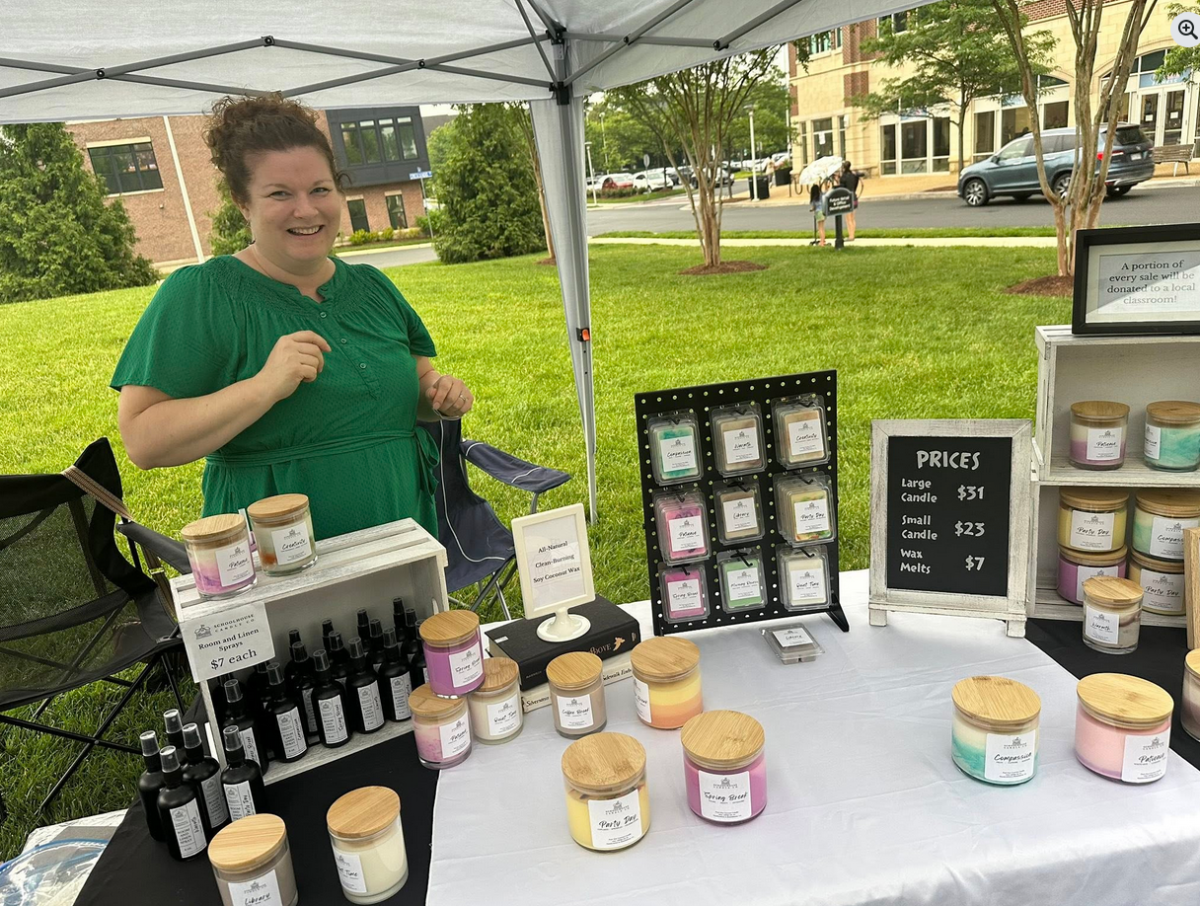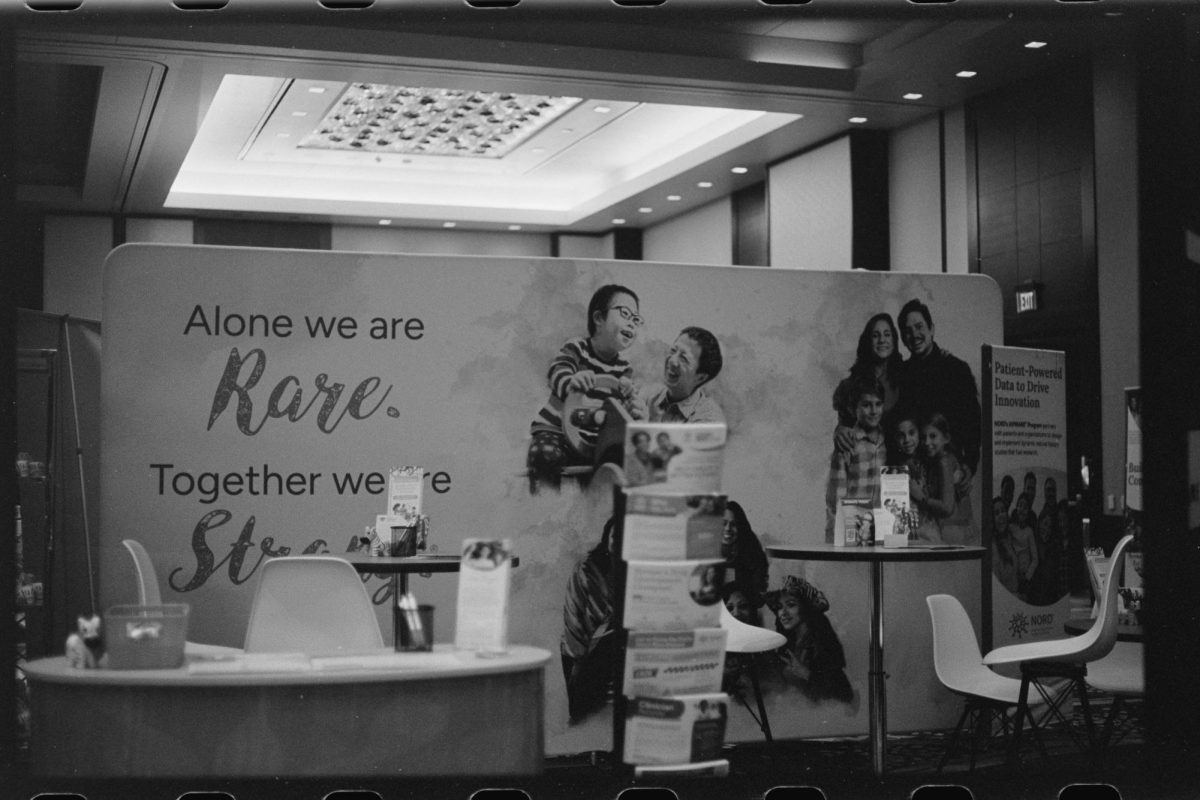What do you think of when you think of someone who works in STEM? A man in a lab coat? A man traveling through a jungle? A man exploring a cave? Or perhaps someone a little out of the ordinary: a woman. Today, women make up half of our population, yet they make up less than 30% of all STEM workers. I want to be one of those STEM workers, but I don’t want to be the only woman in the room. We must do more to encourage girls like me to go into STEM.
It may be hard to believe that women make up only 30% of STEM workers; however, statistics don’t lie. Currently, women only make up 27% of all STEM workers. Women make up half of our population, yet they make up little more than a quarter of all STEM workers. Sounds a little off, doesn’t it? When half of our population is underrepresented in STEM, we all pay the price. Imagine the hundreds of thousands of perspectives we are missing, the hundreds of thousands of things that are undiscovered, the hundreds of thousands of problems that are unsolved because women are marginalized in STEM.
So why are there so few women in STEM? According to The Only Woman in the Room: Why Science Is Still a Boy’s Club, many women leave STEM because they feel pressured to leave by society. Society insists young women to go into “softer” subjects, such as literature and teaching, and it deters them from following their dreams into STEM. In fact, Eileen Pollack, the author of The Only Woman in the Room: Why Science Is Still a Boy’s Club, left STEM because she was under a lot of pressure to leave and because of a lack of encouragement. By encouraging girls to go into STEM, we will let them follow their STEM dreams and pave the way for a brighter future.
So what can we do to stop gender inequality in STEM? First and foremost, we should stop discouraging girls from going into STEM fields. In The Only Woman in the Room, Pollack states that many women and girls leave their careers in STEM or stop studying STEM because of discouragement from others. On the other hand, we have to inspire girls to do STEM related things, such as experiments or the Bio Olympiad team. One person whom Pollack interviewed said that encouragement represents a lot to her; in fact, she hinted that if one person had reassured her that she was making the right choice during college, she might not have dropped out of STEM. Finally, we must give girls role models in STEM to look up to, such as Marie Curie, Ada Lovelace, Jane Goodal, and Hypatia. Giving them female role models will show girls that it’s okay to be smart, don’t let anybody tell you otherwise.
As you can see, we must do more to spur girls’ interest and excitement in STEM. When women are inadequately represented in STEM, we all lose. We waste valuable perspectives and important opportunities. We must encourage girls like me to go into STEM; when we do, we pave the way for a brighter future and a better world.
Bibliography
Ignotofsky, Rachel. Women in Science: Fearless Pioneers Who Changed the World. New York, United States, Penguin Random House, 2016.
Pollack, Eileen. The Only Woman in the Room: Why Science Is Still a Boys’ Club. Reprint, Beacon Press, 2016.
U.S. Census Bureau. “Women Are Nearly Half of U.S. Workforce but Only 27% of STEM Workers.” Census.gov, 8 Oct. 2021, www.census.gov/library/stories/2021/01/women-making-gains-in-stem-occupations- but-still-underrepresented.html., 14 Oct.-2022






